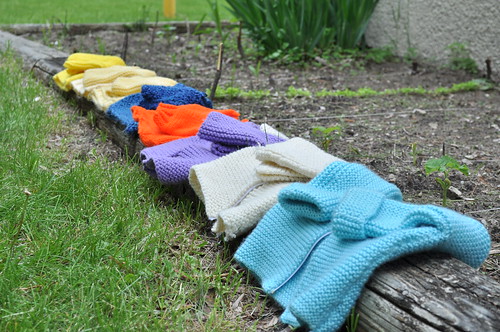Betty Halbreich is a (the?) personal shopper at a major downtown New York City department store. She has helped countless people, mostly (all?) wealthy, some famous, choose clothes. But she doesn’t just pick out clothes to drape over bodies, she gets to know the client so she can help finish or create the person. She knows that clothes, especially beautiful clothes, aren’t just for decoration, they’re for helping complete the picture. They help put on the outside what is on the inside. She helps the person help the clothes bring the beauty out.
It’s fairly easy to tell from the book and other reviews/blurbs/marketing materials that the publisher tried to sell this book as a name-dropper. Who has Betty worked with? What were they like? GOSSIP! The marketing makes it okay not to care about the author of the book, but to use her instead as a vehicle for voyeurism. But that not only misses the point, it didn’t work. Betty is a fascinating woman. She grew up wealthy in Chicago in the early twentieth century, then married money that made her family’s money look small. She tells of her privileged childhood, her early marriage, its collapse, motherhood, her later years, and draws a roadmap of her career. It’s autobiography and it’s a great read.
But more than that, Betty’s autobiography is about the clothes. The book reminds me a lot of Eric Clapton’s autobiography, which I read several years ago. In reading Clapton’s book it was easy to tell that his editors wanted him to give the reader the juicy, personal bits of his life. They knew there were a lot of readers who wanted to hear about the social and personal aspects of his sometimes tawdry past: the women, drugs, crimes, and other things. It’s clear that Clapton knew these were important and wanted to include them, but as little as possible, and only where they explained or supported the story he really wanted to tell: The music.
He wrote about the women where they inspired, improved, or disrupted the music. The same was true of the drugs. These may be the things of fascinating checkout-line gossip magazines, but they were not the highlights of his story as he saw it. In reading the book, it seems throughout as though the first draft contained only brief mentions of the stuff of tabloids while being ninety-eight percent music. The editors came in and made him put those details in for their own sake and not just as supporting details to the bigger story of music.
That’s the first thing I thought when I read “I’ll Drink to That.” She mentions frequently the impressive social circles she ran in, the men she dated, the things she did, and other relevant details that make her ever more fascinating, but it always, always comes back to the clothes. The dresses, shoes, blouses, purses, and hats are her music. They are the thread that ties together this whole narrative, what it’s obviously really all about. Every man and event is told as part of her sartorial story: What she wore when she went where, with whom, and when.
Betty makes it clear throughout that clothes are not frivolous or mere vanity (though they can be), but are so much more. This could be seen as an attempt to validate her own career, to suggest that because clothes are not shallow, neither must she be, but that’s not how it works out. She recognizes the significance of the clothes first, and acknowledges her role in helping them work for her customers next. The clothes are first; she’s fortunate to get to play a role in their function. She’s not just a saleswoman, she’s very skilled middleman between the wardrobe and the woman, and she appreciates that. Her passion for her work, both for the clothes and the clients, make her a someone whose story I want to keep reading.
I loved the book and hope to read some of her other writing soon.


